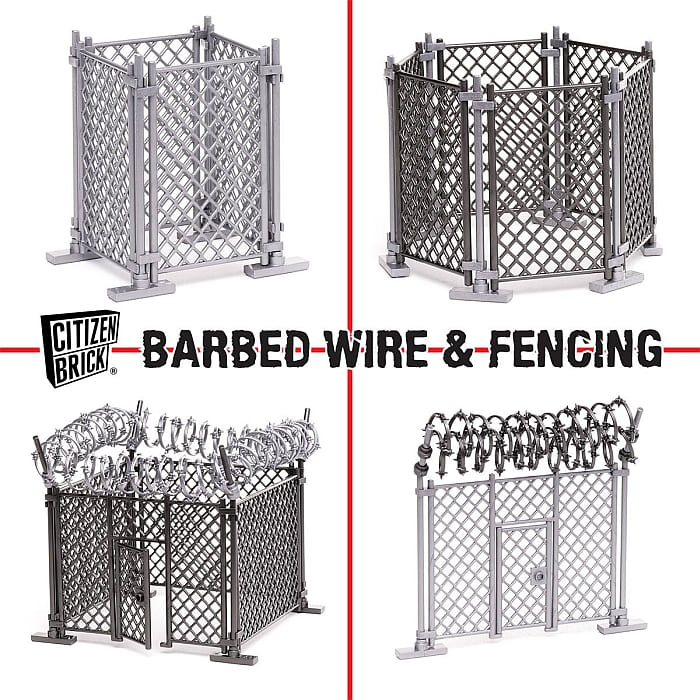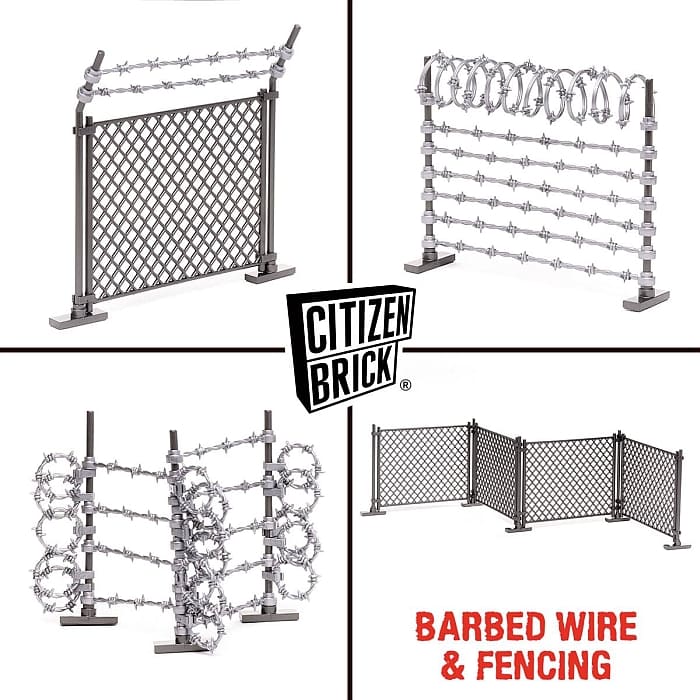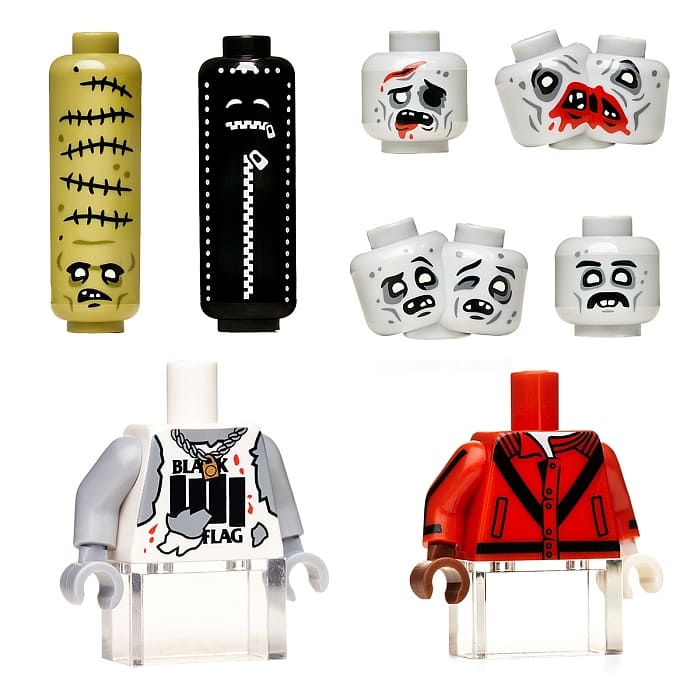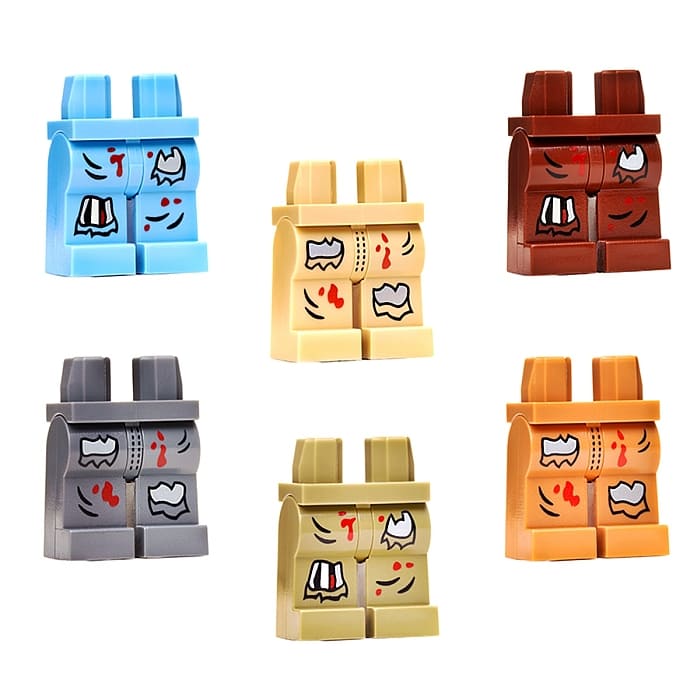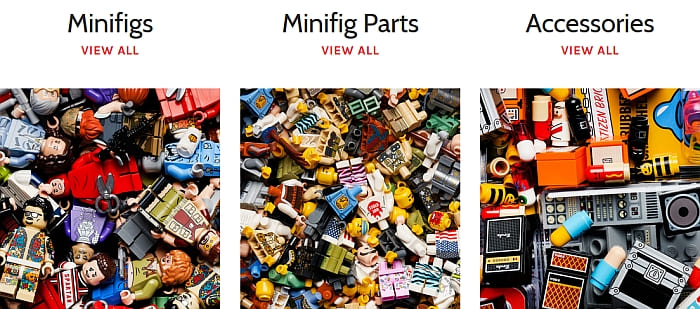One of the most attractive details of the #10255 LEGO Creator Assembly Square, the largest LEGO Modular Building to date, is the tiered fountain at the center of the square between the buildings.
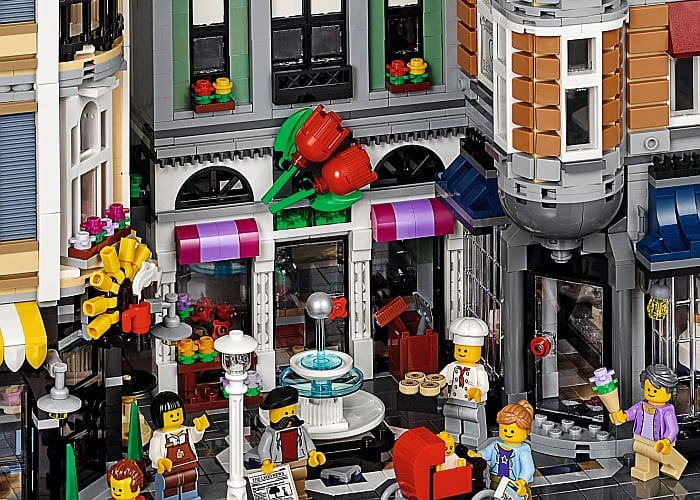
The fountain sits on a colorful tiled base and is built using only eight pieces; various sizes of white and translucent-light-blue dish elements and a few connecting parts. The white dishes represent the tiers of the fountain, while the translucent-blue dishes represent water. This is a simple yet effective way to create an attractive fountain.
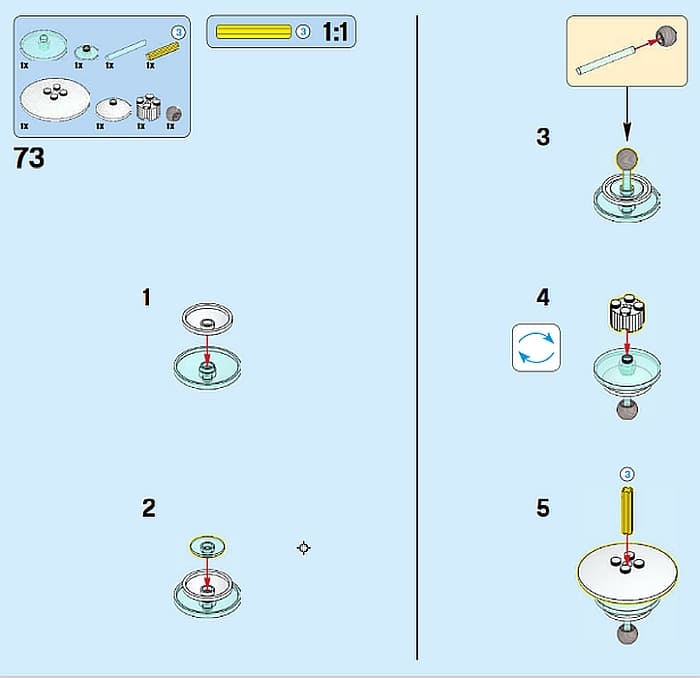
While the translucent-blue dishes mimic the transparency and color of water quite nicely, they lack an important feature of fountains; movement. Fountains are appreciated for their playful water effects; splashing water that shoots upwards and then gushes over the sides. In 2017, when the #10255 LEGO Creator Assembly Square was released, there were no translucent elements to recreate this effect.
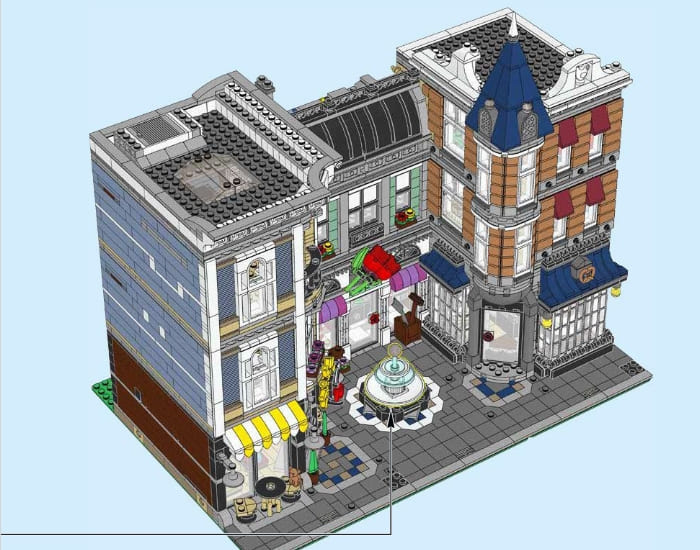
However, since then, a number of unique LEGO pieces were released that can make the Assembly Square fountain look so much more dynamic. Take a look at the two examples below by a LEGO fan who goes by the name LegoStar on YouTube.
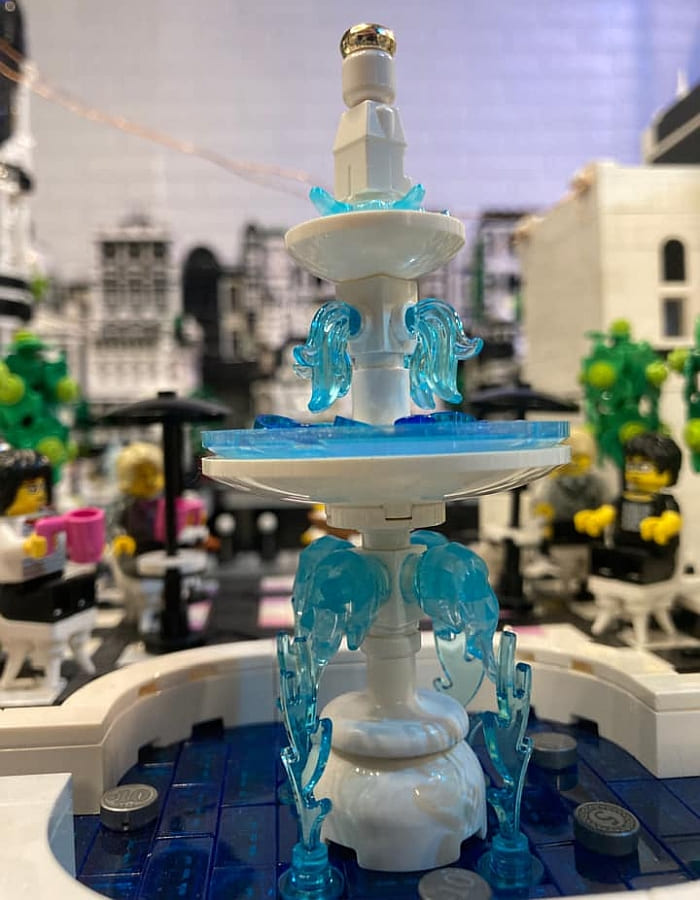
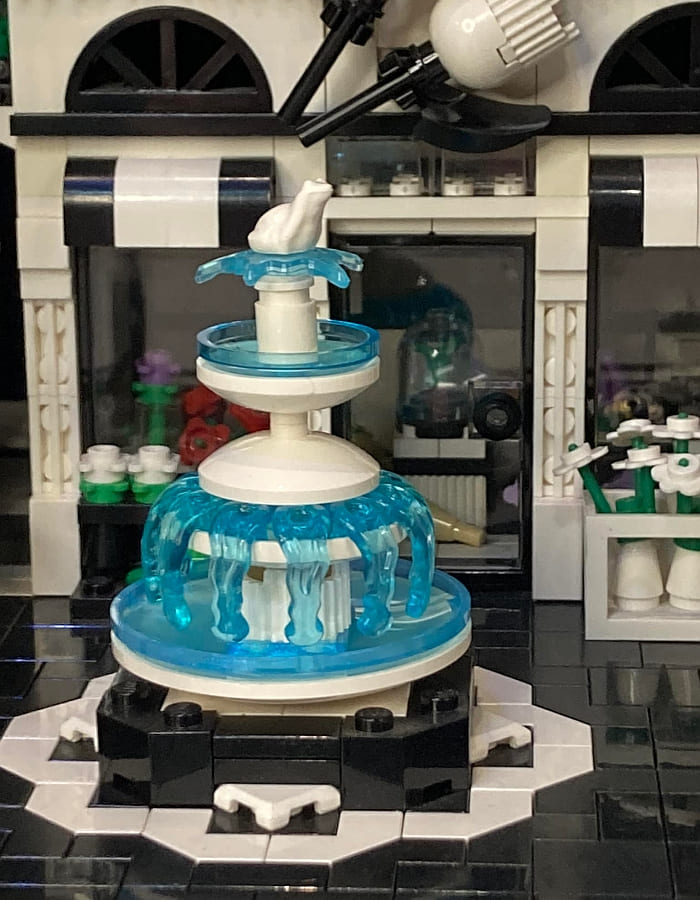
The splashy pieces you see are recolored fire elements as well as energy effects that appear in a number of LEGO Super Heroes and LEGO Ninjago sets.

If you want to upgrade your own fountain, grab a few of these unusual pieces on BrickLink for an amazing effect! And if you have any thoughts or questions, or you would like to share your own water techniques, feel free to share in the comment section below!
And you might also like to check out the following related post:



